So we got a 2012 Renault Koleos, and crashed it

It’s not the end of the world, but 2012 has been a bad year for us. While we made loads of money, our luck with cars hasn’t been as sweet. Earlier this year, we broke off the stupid front lip on a Toyota Land Cruiser tester, for which we had to run around for a police report. Then in the summer, someone put a small scratch on a Porsche 911 tester, for which we had to run around for an even bigger police report. And then there was an “incident” with this Renault Koleos tester in the middle of a Ramadan afternoon.

But first, the car itself made a pretty darn good impression. It’s not the prettiest crossover in the market, but it’s the cabin that raised the bar.
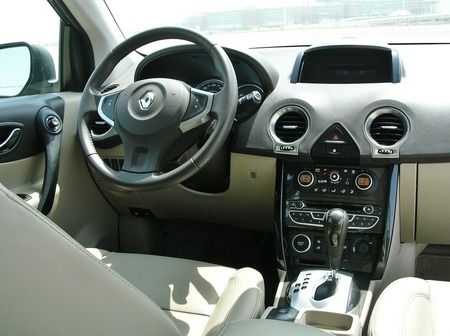
As soon as we sat in the Korean-built Koleos, we loved how premium the interior looked and felt. There are soft-touch padded areas all over the dash and doors, and when combined with the beige leather upholstery, it all gave a very Germanic vibe. If you’ve ever been in an old Mercedes-Benz ML-Class, you’ll know what we mean.
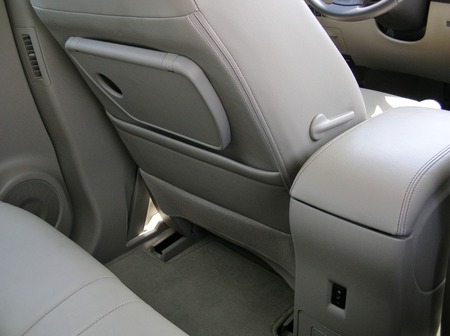
There is also a fair amount of gadgetry for a car in this class, such as the smart key, an electric parking brake, pull-up sunshades for the rear-side windows, and even turning foglamps, among other niceties such as a panoramic glass roof, Bose stereo with Bluetooth and a subwoofer, one-touch power windows, and even tray-tables on the rear seatbacks, along with a full suite of safety features, such as front and side-curtain airbags, tyre-pressure monitor, stability control and all that.
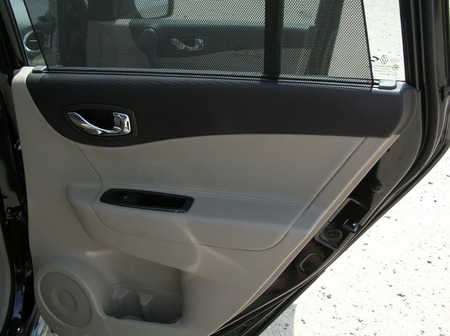
It has decent space for passengers, but its real talent is carrying cargo, as we found out when we had to make an airport run. The rear seats fold flat cleanly, and there is a surprising amount of space under that sloping roof.

But we found all that out on our second run with the car. On its first run, we crashed it.

We literally picked it up from the showroom and I had an almost-serious accident just across the road from the showroom. Now, journalists crashing cars is nothing new. When we have incidents, we write about it, while magazines cover up their ridiculously-common accidents to preserve their public appearance as driving geniuses. But what we can’t get our heads around is how it happened.
Over the last several years of driving, we’ve come to expect one thing from crossovers — they are all neutral handlers that understeer when they reach the limit. Now, granted I drive faster than most people in general, but I also have more experience than most people, thanks to all the hooning in my early years and all the free track-time in my later years.
So I went up an on-ramp at a speed I thought was well under the car’s limits. The ramp curves at the top towards the left and goes back down again. But after braking to slow down for the turn, the tail suddenly slid out! Neither the automatic all-wheel-drive nor the ESP electronics did anything to stifle the slide while I was unintentionally drifting fully sideways on a public road.
I was already on the fast lane of this left turn, with only a half-metre footpath and a wall on my left. I counter-steered as hard as I could in those few seconds, and I almost saved it, but not enough. The left tyre climbed the little footpath and the front bumper brushed the wall.
My brother watched the whole thing from behind while following in our Honda S2000, and he was stunned by it too, considering we weren’t going that fast. Luckily, no other car was nearby when it happened, and I had to move the car from there as there was no space to pull over. While I was frustrated at having my first proper “accident”, as I waited for the po-po to arrive and give me attitude, I only realised later that it could’ve been much worse, as I didn’t hit hard enough to set off the airbags, and the only damages were a heavily-scratched bumper and a Dhs 200 “lane-discipline” fine.
Now, before we made our very own publicity-chasing “moose test” frenzy out of this, we gave the car back to Renault instead to figure out what happened. We’ve had a good relationship with them, and it’s only fair that they took a look before we released this story. They even got their people in France involved apparently.

So what really happened? After a month, we were told the car was fine, and the issue could possibly have been incorrect tyre pressures. Well, some would also say the tail slid out because I was braking while turning. But I was going uphill, and not that fast to begin with. Also, it was a windy day and there could’ve been dust on the road, so the weather could’ve played a part. The CVT automatic didn’t help matters, as it doesn’t behave the way you’re used to if you wanted to power out of a situation like this. It still doesn’t explain why the auto AWD and ESP didn’t engage, but we may have come across the exact conditions which the computers were not prepared for, sort of like that Toyota Prado issue.
When we got the car for the second round, we really thrashed it on some empty open areas to see how it behaved. The suspension tuning is soft, but suspension travel is limited, so while it feels lumpy, there isn’t a whole lot of body roll. There is a definite tendency to slide the tail out when we sawed at the steering wheel to unbalance the car, even with tyres in good condition, but the ESP was going off and catching the slide, if a bit later rather than instantly. The effect was more pronounced on gravel tracks, so you could play with this car as if it were a rally racer. Mind you, we were never in any danger of rollover, as the car always remains flat.
Now, I’ve driven cars before with loose ESP systems, but they were all sporty cars, such as the Toyota 86, the BMW 335i, and the Jaguar XK-R. I’ve even owned a BMW M Roadster and a Toyota Supra Twin Turbo, neither of which had ESP. Heck, if I hadn’t crashed, I’d have proclaimed the Koleos as the most fun-handling crossover I’d ever driven. But most crossover buyers aren’t looking for fun, and it is entirely likely that actual target buyers will never see a situation like I did, and instead take it easy around corners, like I do with my Range Rover. No actual buyers ever complained about the Toyota Prado or the Jeep Grand Cherokee either, before the media brought up their handling issues at the limit.
This just goes to show that, no matter how much electronics are used to make tall vehicles feel like cars, there’s no escaping physics sometimes. As for the rest of the car’s features, watch out for the upcoming full review.
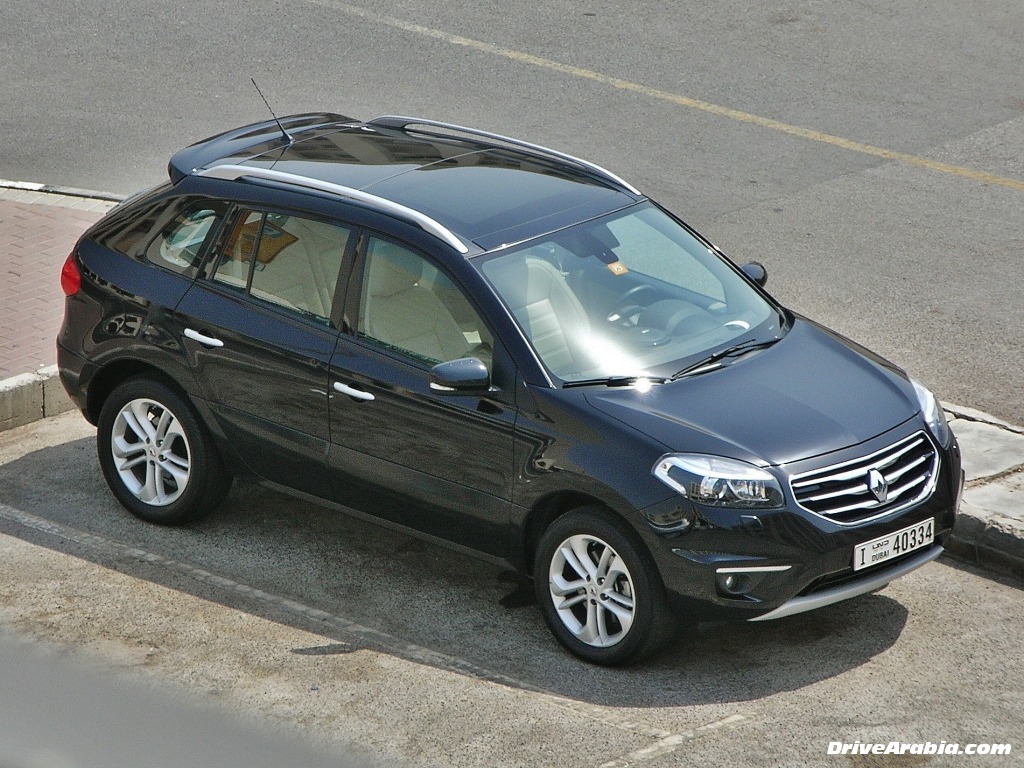
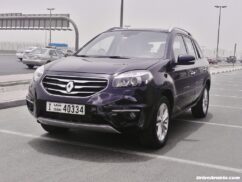
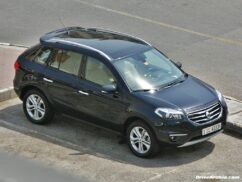
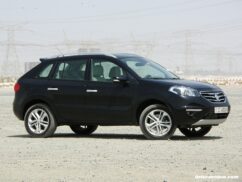
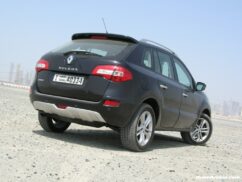
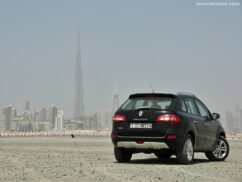
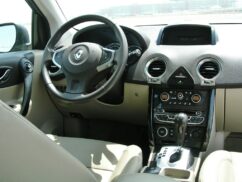
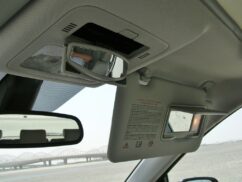
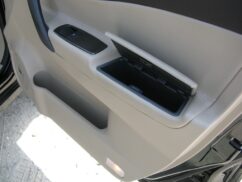
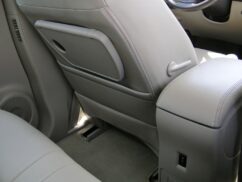
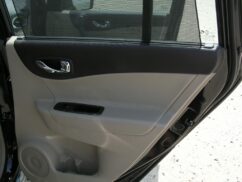
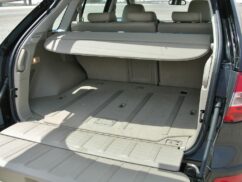
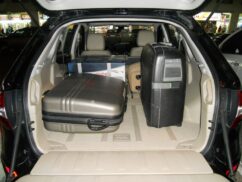
Comments
driver
why is it made in korea?
assassin
loser !
Mashfique Hussain Chowdhury
^you crashed your Lexus too, without even driving it!
Mohamed Faruk
I really liked your topic heading. 1000 likes..
Sahmed
I remember being able to drift a Hyundai Accent at very low speeds, just ‘cos of the amount of practice I used to get going to an Uncle’s house every weekend…
If you understand the dynamics of the car and with enough practice, you can drift anything…
And here it seems you did just that.
🙂